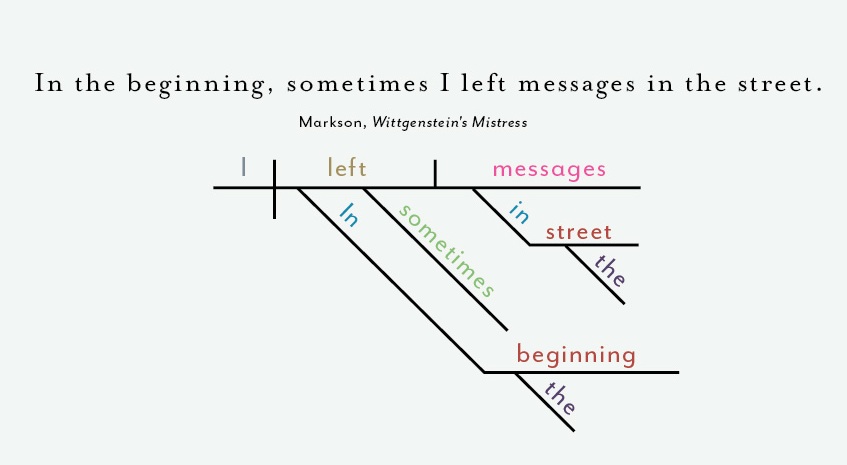
Cropped from image below
You know you’re a huge nerd when multiple people from various corners of your life all forward you the same link, and that link is a bunch of diagrammed sentences.
This snazzy, minimalist new print from "renowned" infographic artists Pop Chart Lab satisfies the demands of everyone's favorite niche demographic (all those grammar-fiends/”classic-literature”-snobs/data-visualization-enthusiasts/fans-of-quality-design in your life) to a T. But before you place your order, let’s take a closer look at what this “Diagrammatical Dissertation” actually visualizes.
Recent comments
2 years 29 weeks ago
2 years 44 weeks ago
2 years 44 weeks ago
2 years 50 weeks ago
3 years 4 weeks ago
3 years 4 weeks ago
3 years 4 weeks ago
3 years 6 weeks ago
3 years 6 weeks ago
3 years 6 weeks ago